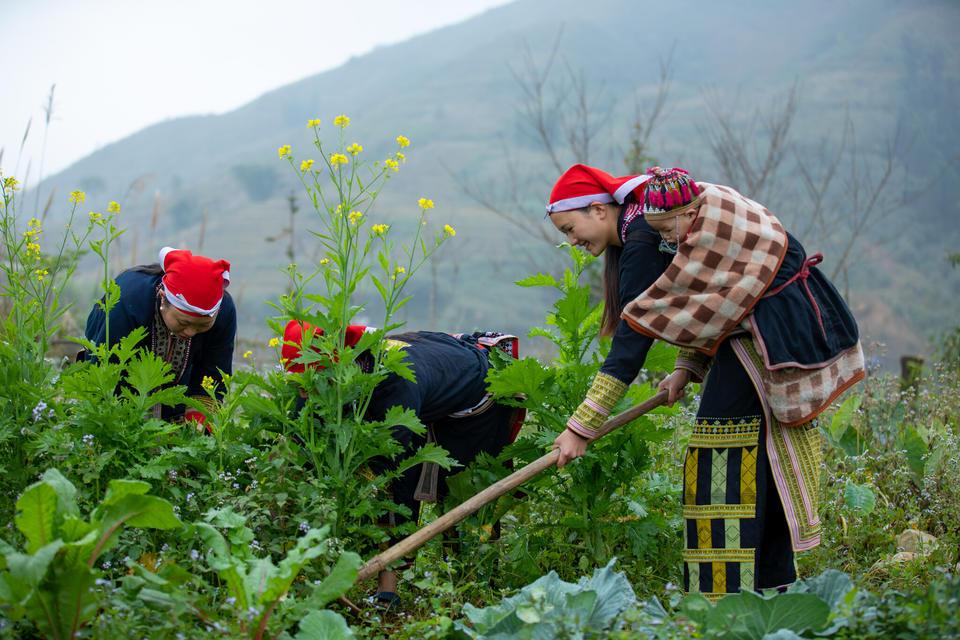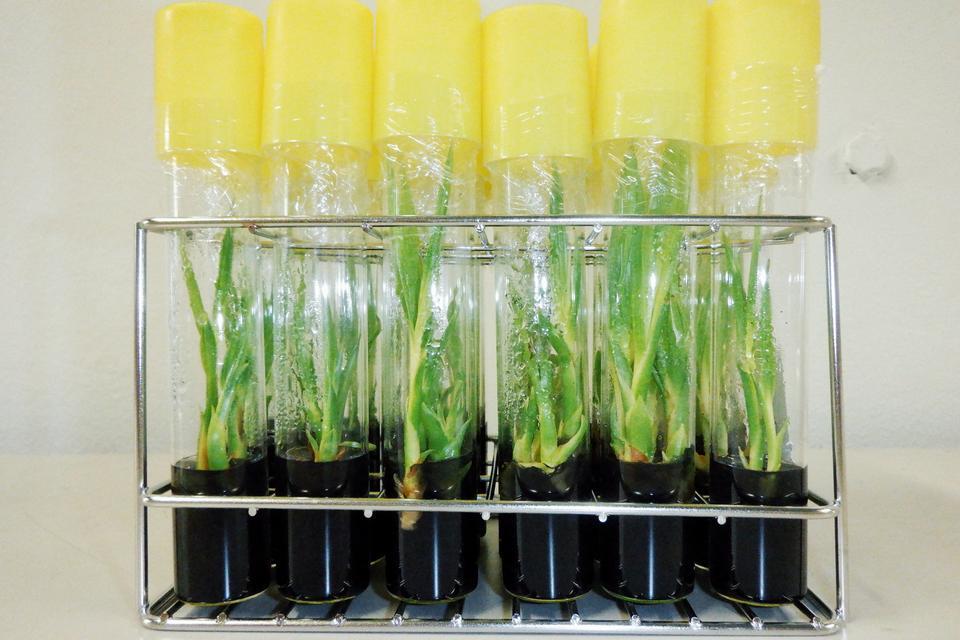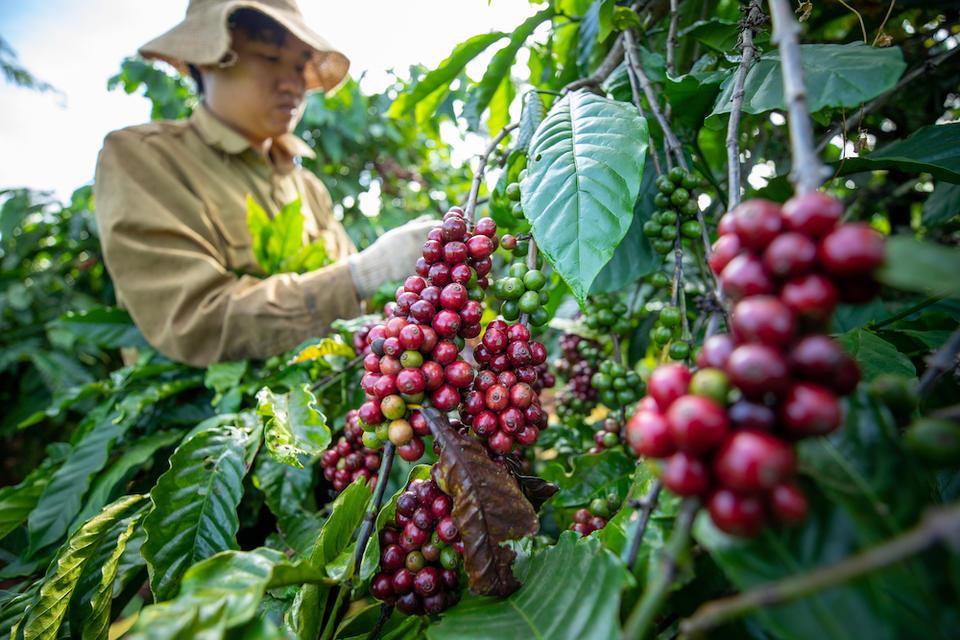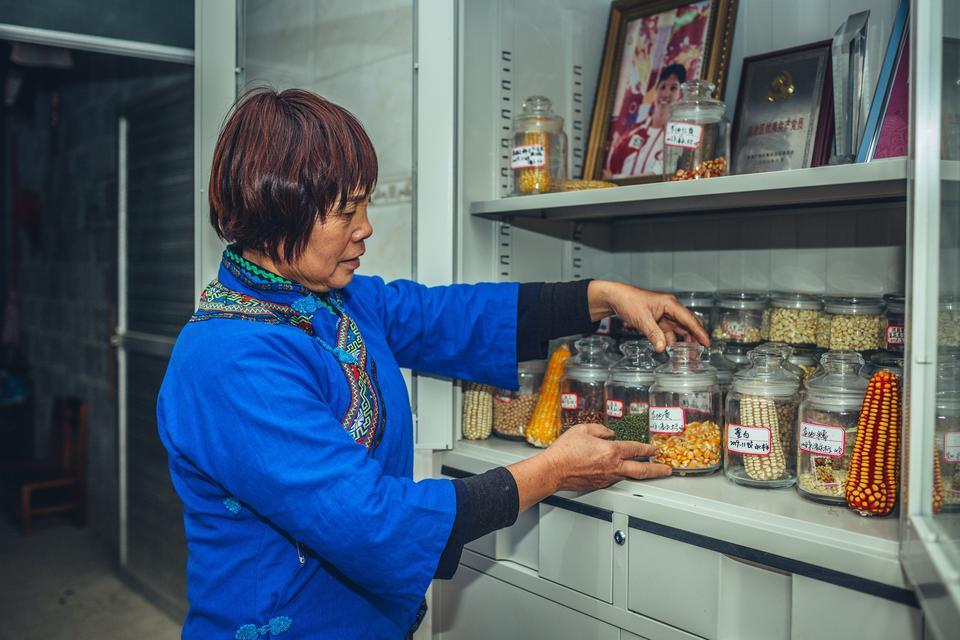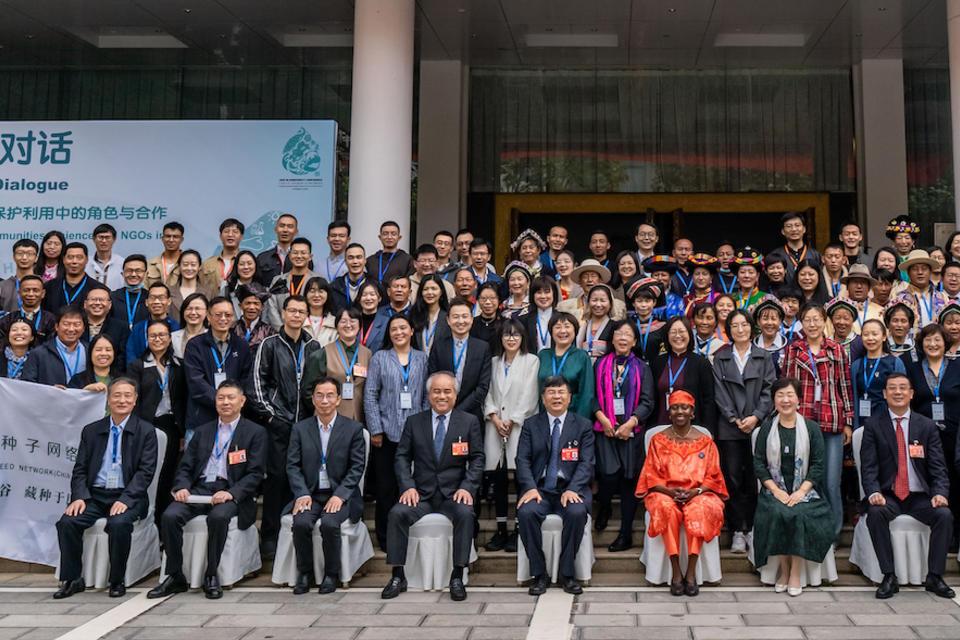2021 Annual Report Making global commitments count for communities in Asia
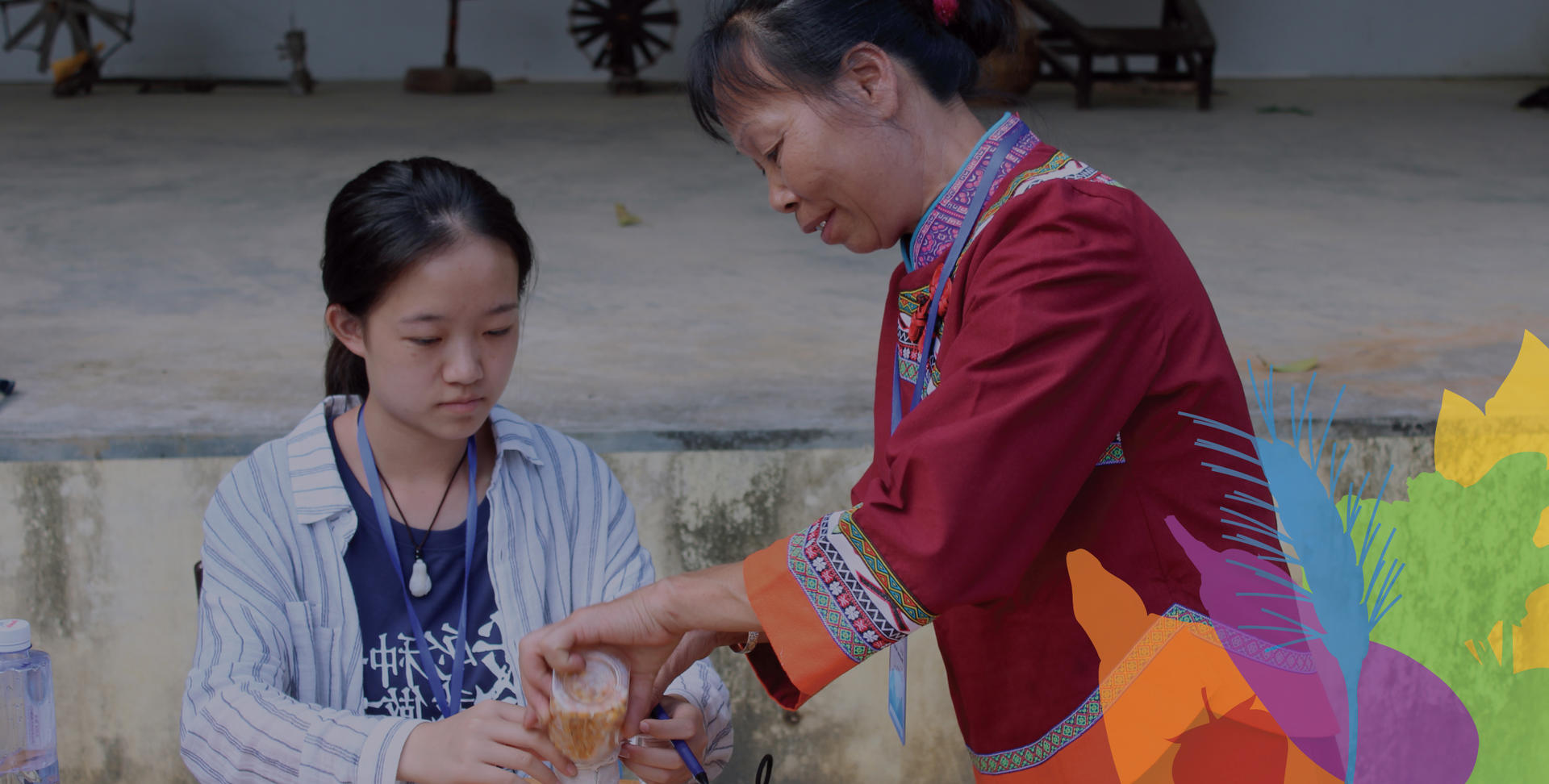
Global summits tied to food systems, climate and biodiversity are successful when local voices are heard – and subsequent action happens at the community level. The Alliance and its partners in Asia helped make this happen throughout 2021.
As global discussions unfolded throughout 2021, the Alliance worked to ensure that high-level interactions translated into positive outcomes for communities in Asia.
When taking part in the UN Food System Summit dialogues in Vietnam, we reaffirmed CGIAR commitments for food systems “recovery, resilience, and transformation,” reviewing the entry points that can influence peoples’ access to safe, nutritious food and equitable value chains.
Our efforts to promote nutritious food production and consumption were further reflected as we celebrated the International Year of Fruits and Vegetables with FAO, highlighting indigenous fruits and vegetables’ role in bridging gaps in poverty and malnutrition, and the knowledge of the Indigenous custodian farmers who cultivate them.
Fighting crop diseases
The production of cassava – whose starch finds its way into our everyday life often without our knowing – is being crippled by rapidly spreading diseases across Southeast Asia. To ensure that millions of farmers have access to clean planting material, the Alliance opened the region’s first-of-its-kind Cassava Multiplication Center in Vientiane, Lao PDR.
In partnership with the Philippines, we pioneered an innovative new approach to propagate another disease-threatened crop: coconuts. By cloning plants to grow faster and stronger, researchers can now more quickly select high-performing varieties from their collection and make them available to farmers.
Community-driven research across Asia
In Vietnam, we worked closely with beneficiaries from farmers to consumers. We mapped out diets, nutrition, consumer behavior, and food flows along the rural-urban transect with a series of food systems profiles for three locations, and collaborated with communities to develop public awareness campaigns to improve nutrition.
We also partnered with local researchers to promote sustainable coffee (Vietnam is the world’s second largest coffee producer), using artificial intelligence to monitor deforestation.
In China, besides participating in the Biodiversity Conference (COP15), we continued to support the growth of community seedbanks to preserve local crops, publishing handbooks to empower farmers to save their own seeds.
To reduce the negative environmental footprint of agriculture in the Asia-Pacific region, Chinese researchers joined the Common Microbial Biotechnologies Platform (CMBP), a network that promotes agroecological practices and microbial biotechnologies such as bioinoculants and biofertilizers.
In India, our researchers implemented a new method to measure at-risk crop varieties by speaking directly to the people who know best: farmers. 600 smallholder farmers provided data on which varieties exist in their fields, revealing that nearly 50% are at risk.
In the Philippines, we continued to support the government’s efforts to institutionalize climate-smart agriculture, informing investment and action that can help farmers and communities adapt to typhoons and other extreme weather conditions.
Across Southeast Asia, we also focused on ecosystem restoration, particularly forests, coinciding with the start of the UN Decade on Ecosystem Restoration. Our prolific forest research team published findings about threats facing valuable tree species across Southeast Asia, as well as guiding principles for tropical forest reforestation. However, there are many obstacles to consider.
As our gender research team reminds us, we can’t forget the complex social and political dimensions that make restoration successful. One of our journal articles with substantial media coverage stressed the need for access to large volumes of suitable seeds, as nations including India, Indonesia, Malaysia and Philippines develop reforestation targets.


